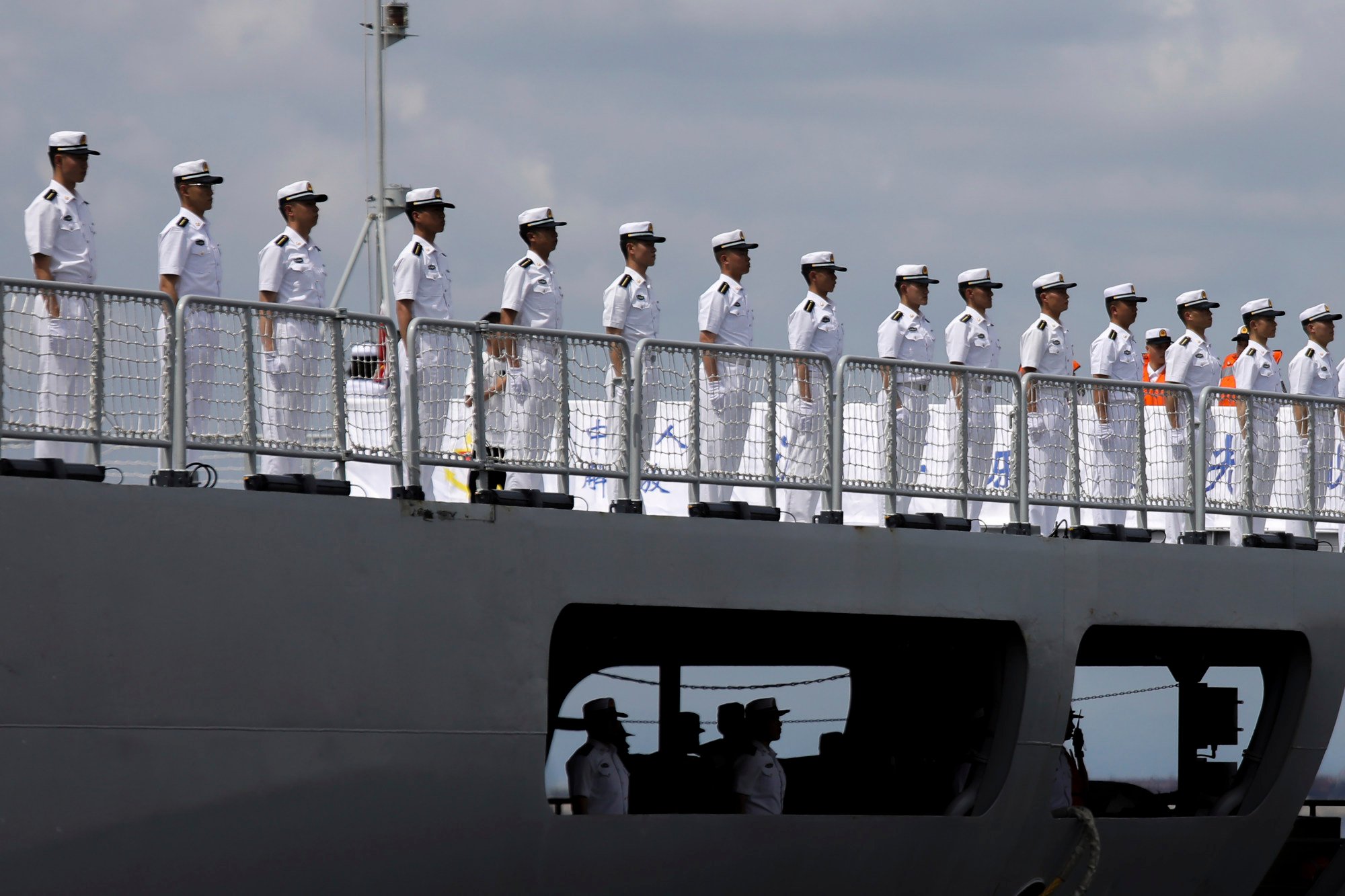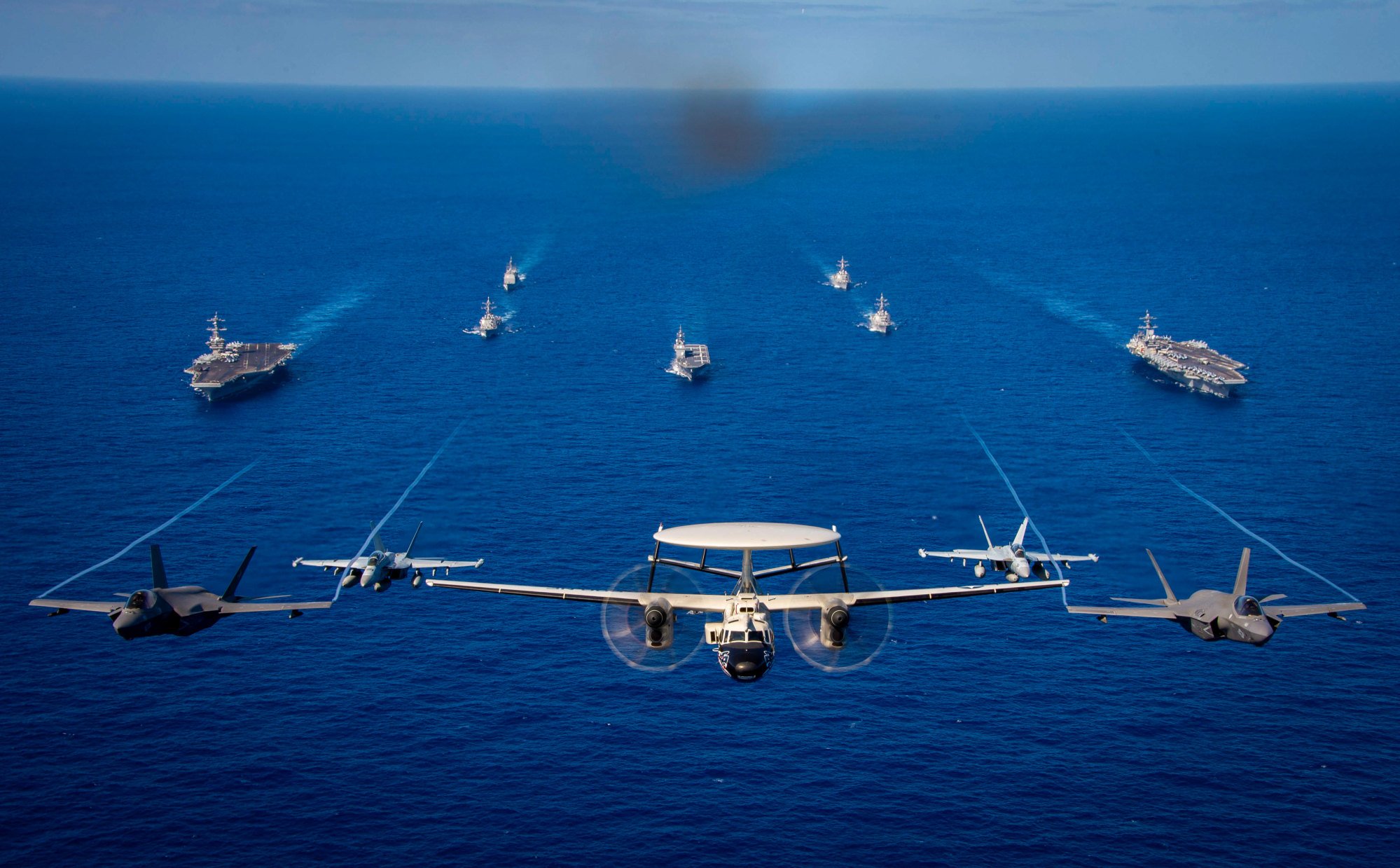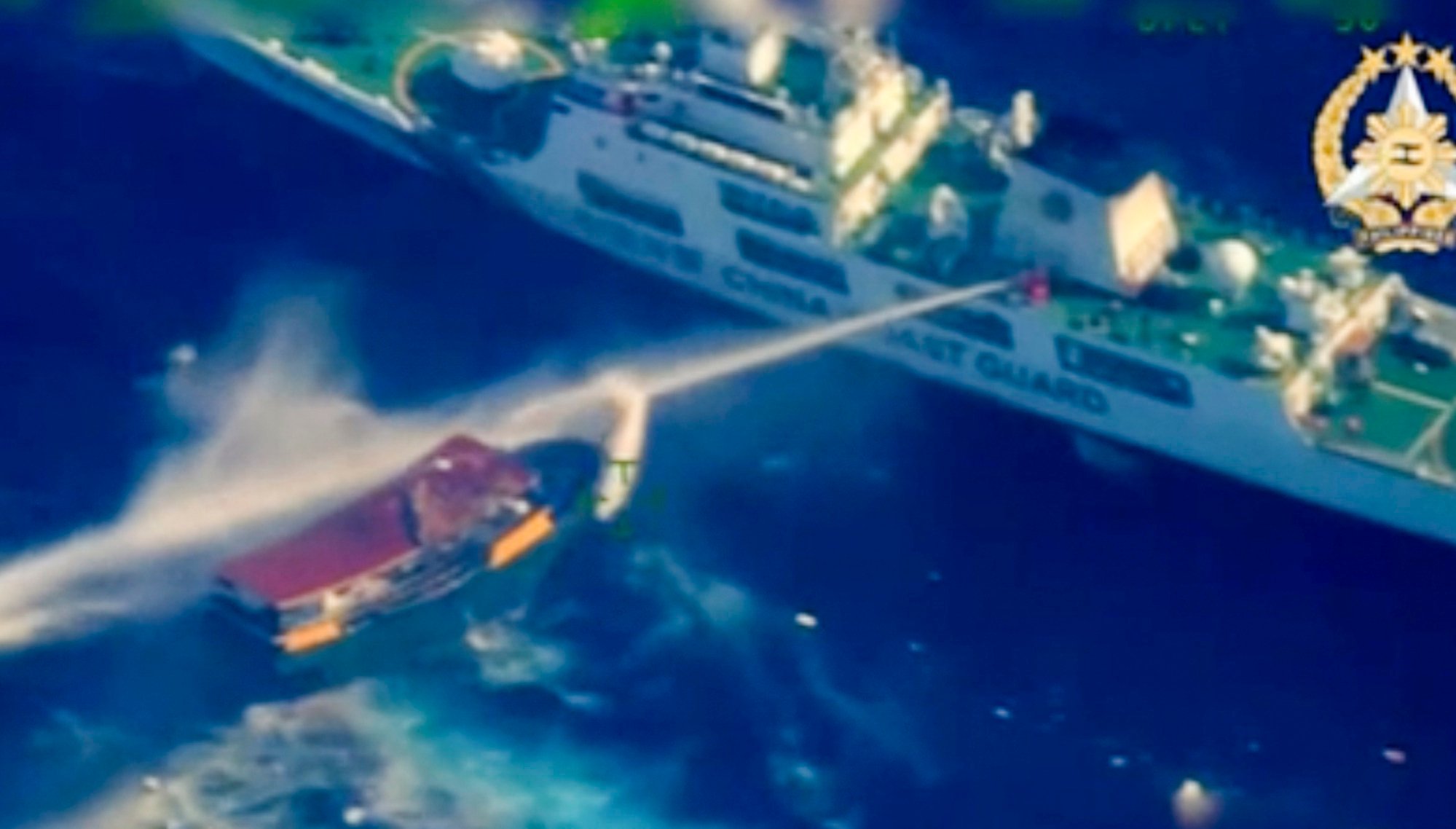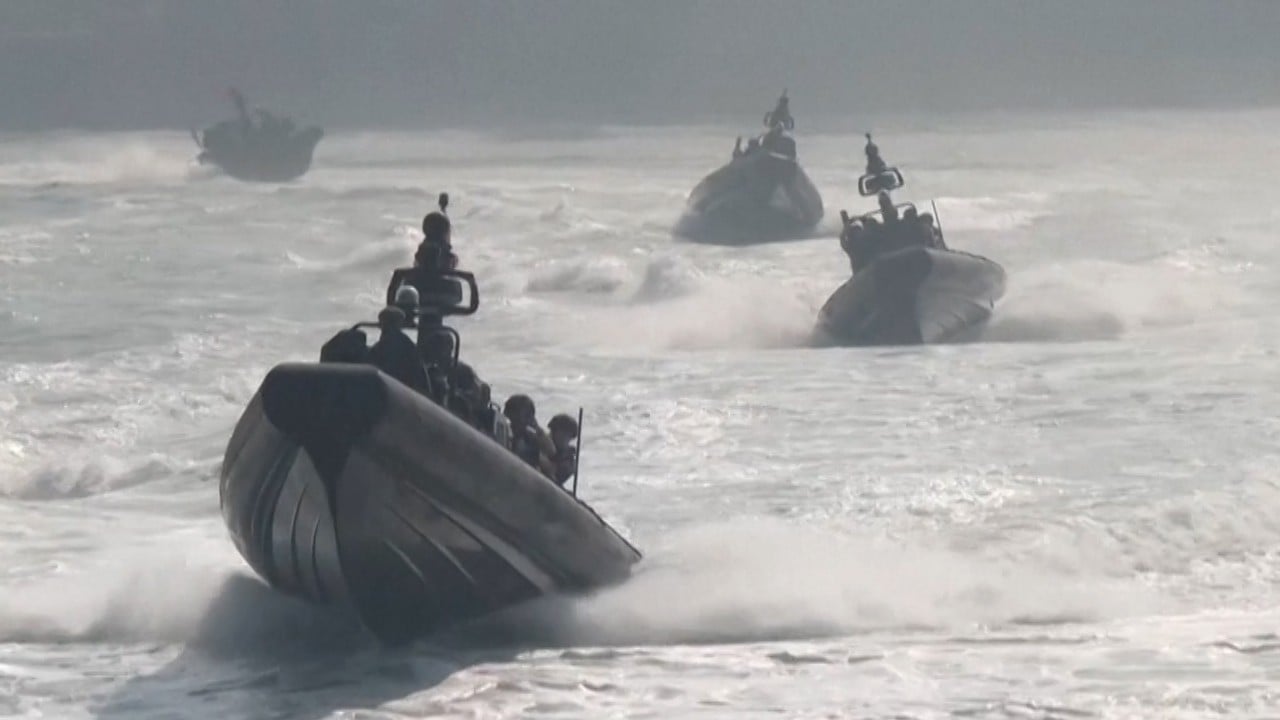Will China’s fourth aircraft carrier steer towards troubled waters in Asia and challenge the US Navy?
There had been no delays or bottlenecks in the construction of the new carrier, Yuan said. His comments were the first confirmation of China’s efforts to build its fourth aircraft carrier, commonly known as the Type 004.
Illustrations of the vessel have been circulating online, with the artwork purportedly coming from the Jiangnan shipyard in Shanghai, where it is believed to be under construction.
Chinese scientists send aircraft carrier catapult technology soaring
Chinese scientists send aircraft carrier catapult technology soaring
Abdul Rahman Yaacob, a research fellow in the Southeast Asia programme at Australia’s Lowy Institute, said if the fourth aircraft carrier is fuelled by nuclear power, it could operate “power-hungry” weapon systems and equipment.
“A nuclear-powered aircraft carrier can operate longer at sea without replenishment, thus the Chinese Navy can project and exert a stronger presence,” he added.
While the US Navy is experienced in naval battles, the Chinese navy has not been tested as yet, and it remains to be seen if its aircraft carrier group can perform in wartime conditions as effectively as the Americans, Rahman said.

Malcolm Davis, a senior analyst at the Australian Strategic Policy Institute think tank, said that the regional balance of power is expected to be recalibrated as China boosts its aircraft-carrier capabilities and catches up with the US.
“But operational context matters”, Davis said, noting that the Chinese carriers’ primary mission is to support the PLA’s joint landing operations targeting Taiwan.
“So while the carriers will allow the PLA Navy to operate with more confidence in other regional contingencies, I think its key role is still Taiwan-focused,” Davis said.
Amid Taiwan tensions, Beijing reveals it is building aircraft carrier No 4
Amid Taiwan tensions, Beijing reveals it is building aircraft carrier No 4
The unnamed fourth carrier is likely to be nuclear-powered and comparable in size and capability to the US Nimitz-class aircraft carriers, Davis said.
The 10 Nimitz-class nuclear-powered aircraft carriers are capable of operating for over 20 years without refuelling and have a potential service life of over 50 years. In total, the US Navy has 11 aircraft carriers.
Given the global responsibilities of the US, it cannot concentrate its aircraft carriers in one region, Davis said.

“China can concentrate its carrier capabilities while seeking to project power beyond the second island chain”, Davis said, adding: “It opens the path for future carrier development for China’s navy as it builds up a multi-carrier force and gains experience in naval air operations.”
China could seek to deter countries whom it perceives as being responsible for escalating tensions in the South China Sea and the Taiwan Strait, Espeña said. As such, regional countries like the Philippines must learn to deter China from taking provocative steps, he added.

China and the Philippines have been locked in clashes in the South China Sea for months, with the Chinese Navy having deployed its coastguard ships and other non-military vessels to try to force Philippine boats out of the contested waters.
“Regional defence planners must develop approaches to counter [China’s] strengths and exploit weaknesses of the carrier task force,” Espeña said. One drawback faced by the Chinese task force is that some of its aircraft carriers based on Soviet-era designs had encountered “maintenance issues”, according to Espeña.
China’s naval ambitions
China has been embarking on efforts to modernise its navy following disruptions caused by the pandemic. In addition to its aircraft carriers, China has launched guided-missile destroyers and amphibious assault ships in the past few years, with the capacity to operate thousands of miles away from its coastal areas.
In a testimony to the US Armed Services House Committee last week, US Navy Admiral John Aquilino said China’s military is expanding at a rate not seen since World War II. The head of the US Indo-Pacific Command said mainland China is on track to meet its goal of invading Taiwan by 2027.
Chinese security analysts cited by the state-run tabloid The Global Times said China is expected to build more aircraft carriers as part of its strategy to build a blue-water navy capable of projecting its power near and far from its waters. These carriers can better safeguard China’s sovereignty and territorial integrity, the analysts said.
Once China has achieved the capacity to build a navy that can gain control of the seas around the first island chain and deny access to the second, it will seek to project its power further afield, including in the Indian Ocean, Davis said.
“So when you look at Chinese naval power and consider whether it can challenge US interests, I would argue it certainly does, as part of a broader suite of military capabilities across the PLA including long-range air power, long-range precision missiles, space and cyber capabilities,” Davis said.
“Sea power is a key component of China’s growing military power, and the concern in the West is that Beijing will use military force to achieve policy objectives at the expense of a free and open Indo-Pacific region.”
China has drawn its line in the Gulf of Tonkin. Is the South China Sea next?
China has drawn its line in the Gulf of Tonkin. Is the South China Sea next?
Ukraine’s sea drones have reportedly been thwarting Russian vessels recently, including a patrol ship that was sunk in the Black Sea earlier this month in one such attack.
Citing these attacks as an example, Rahman said: “The use of drones, mobile anti-ship missiles and sea mines – these are cheaper systems that Indo-Pacific countries could deploy to counter the Chinese Navy and its aircraft carriers.”


